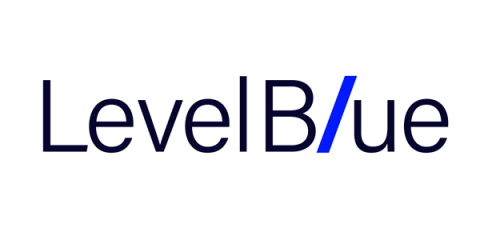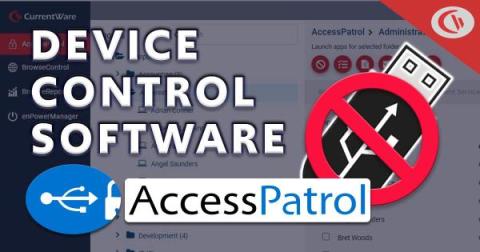How DDR Can Bolster Your Security Posture
Today’s threat landscape is as dangerous as it has ever been. Global unrest, emerging technologies, and economic downturn all contribute to persistently high cybercrime rates and a dire need for organizations of all types to improve their security posture.










